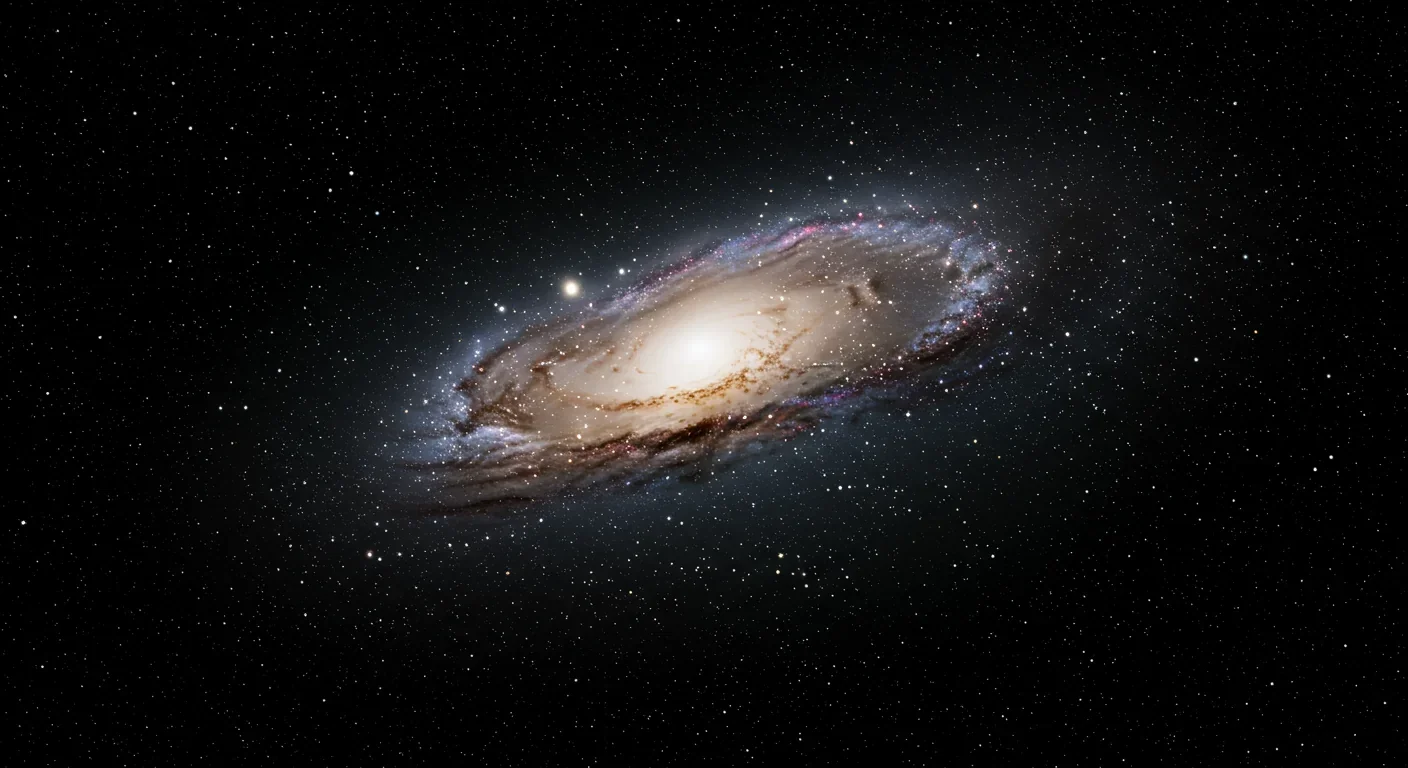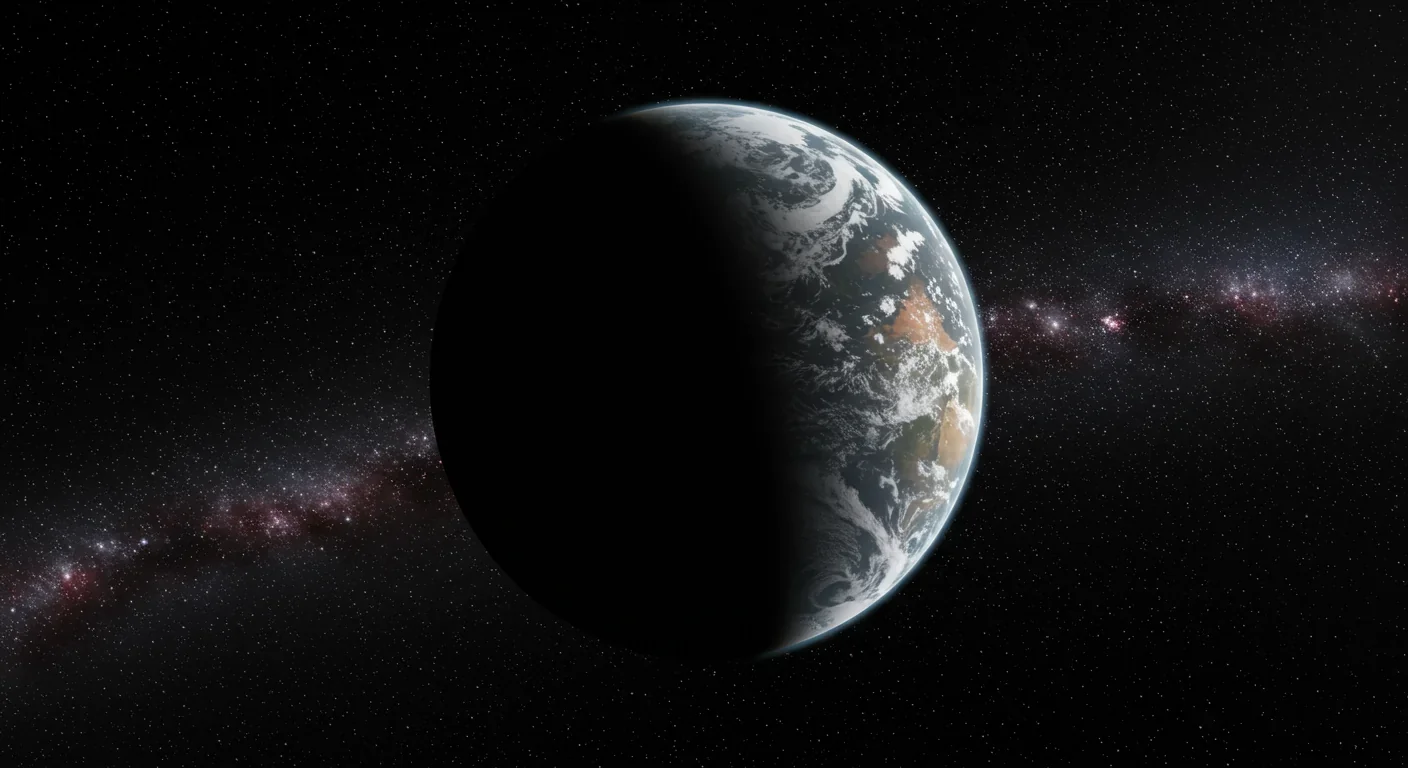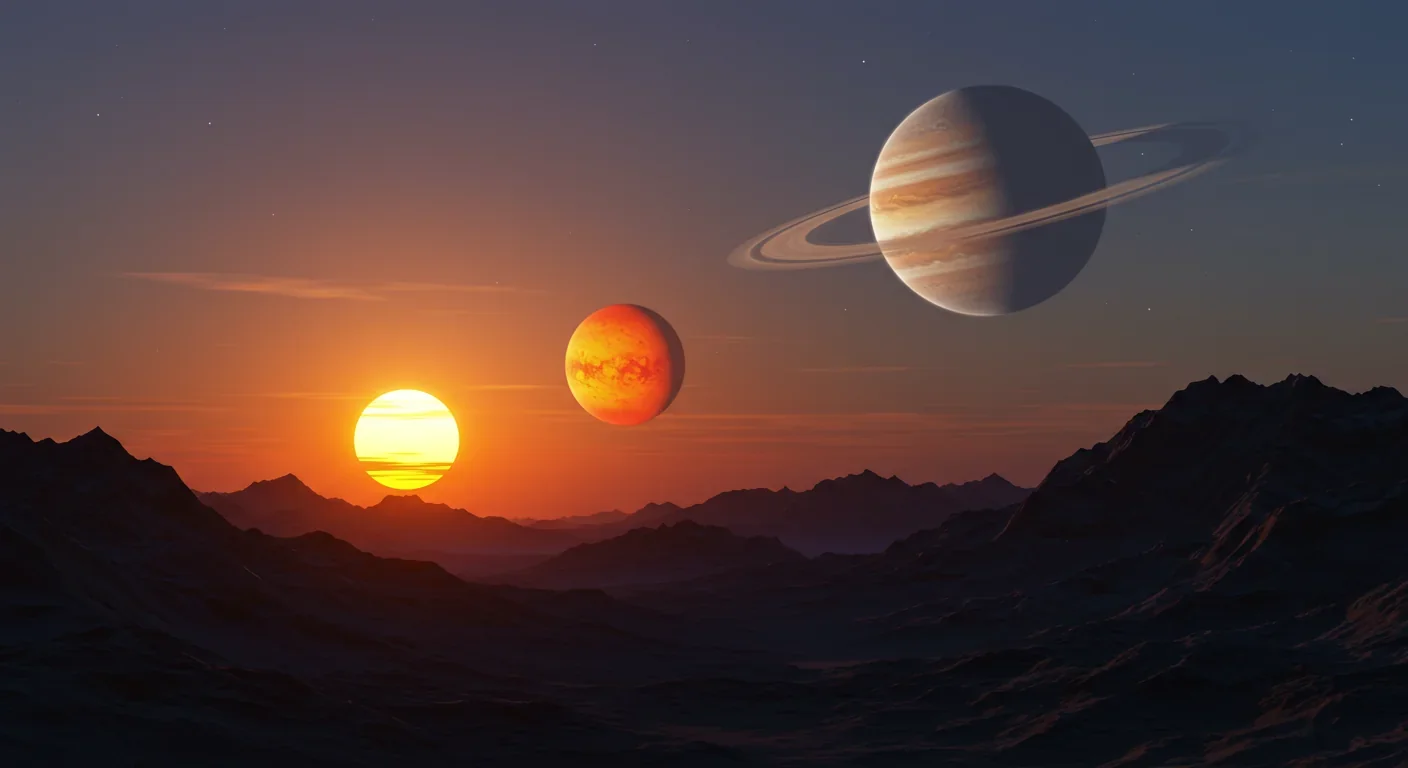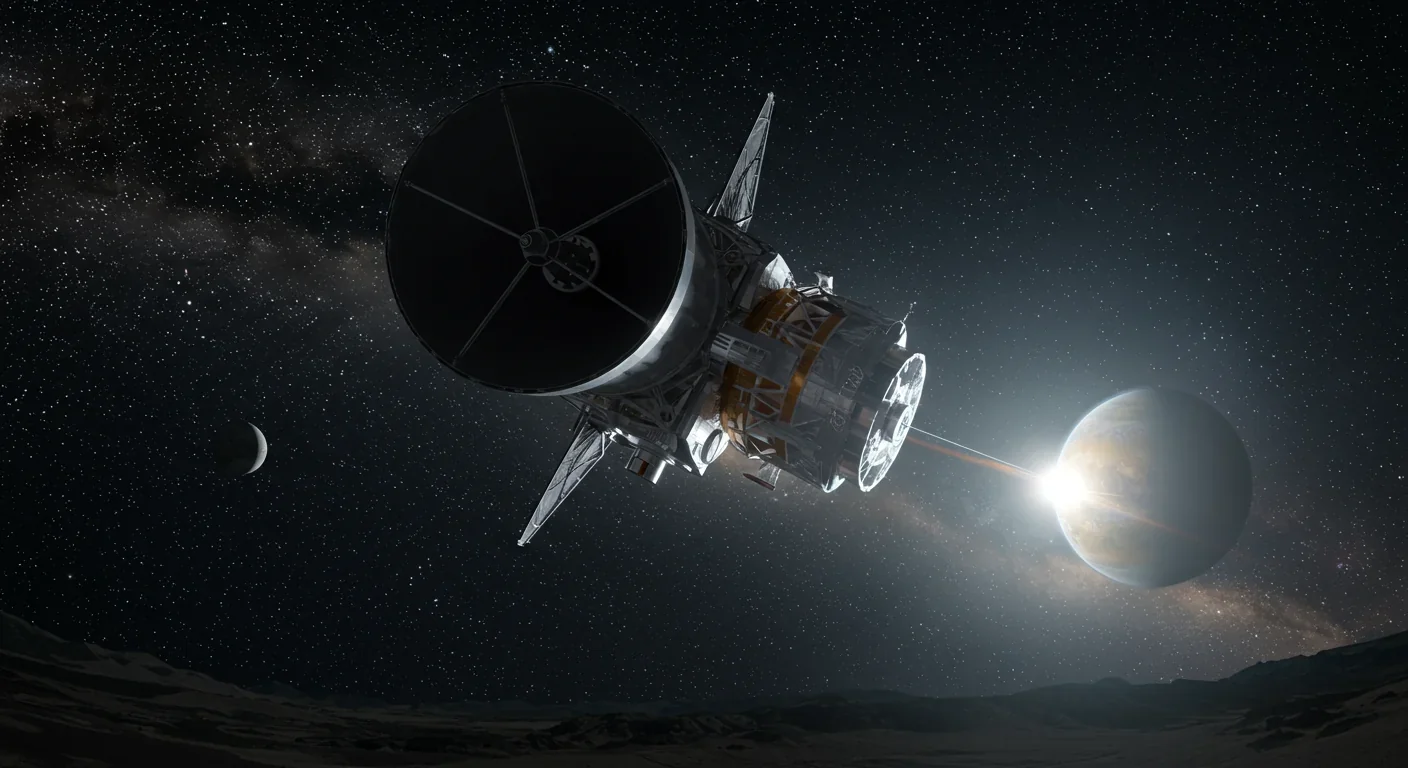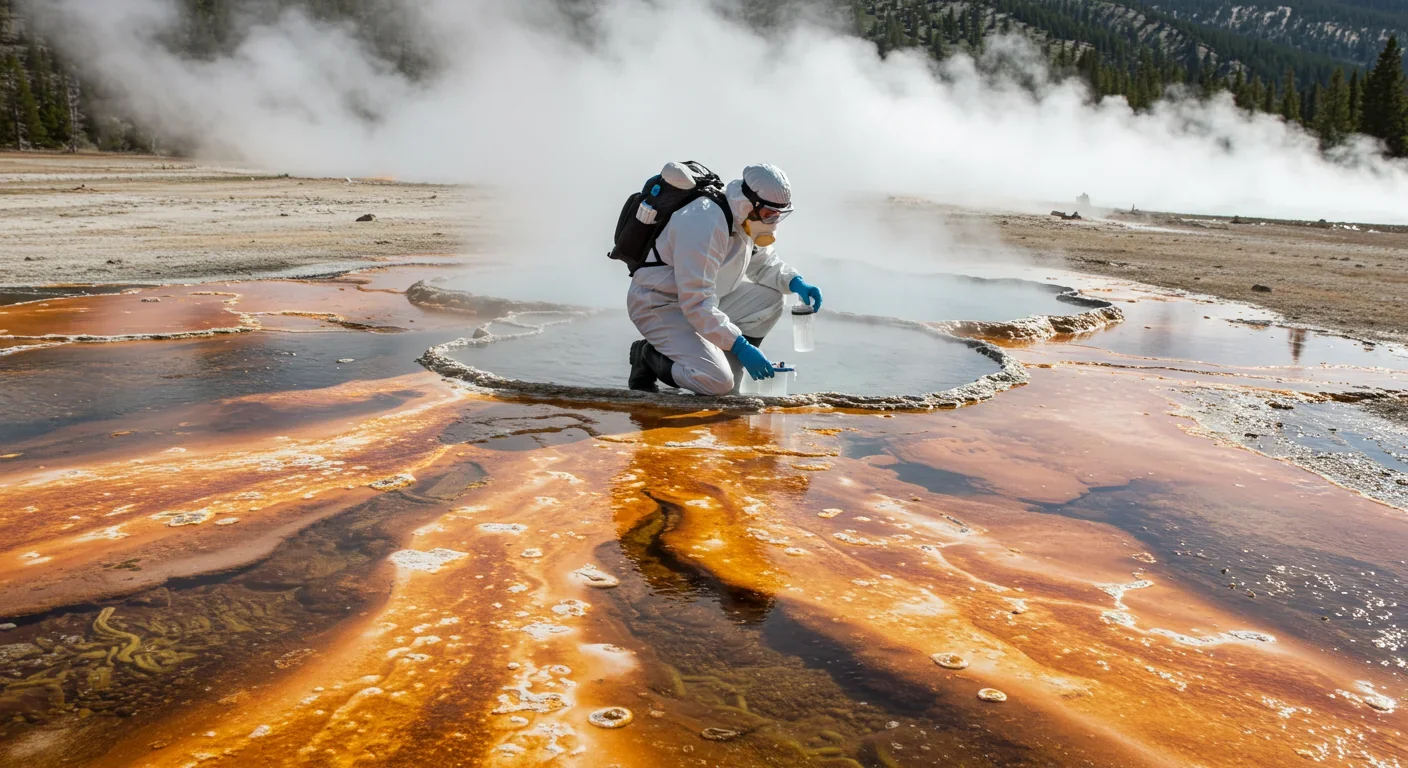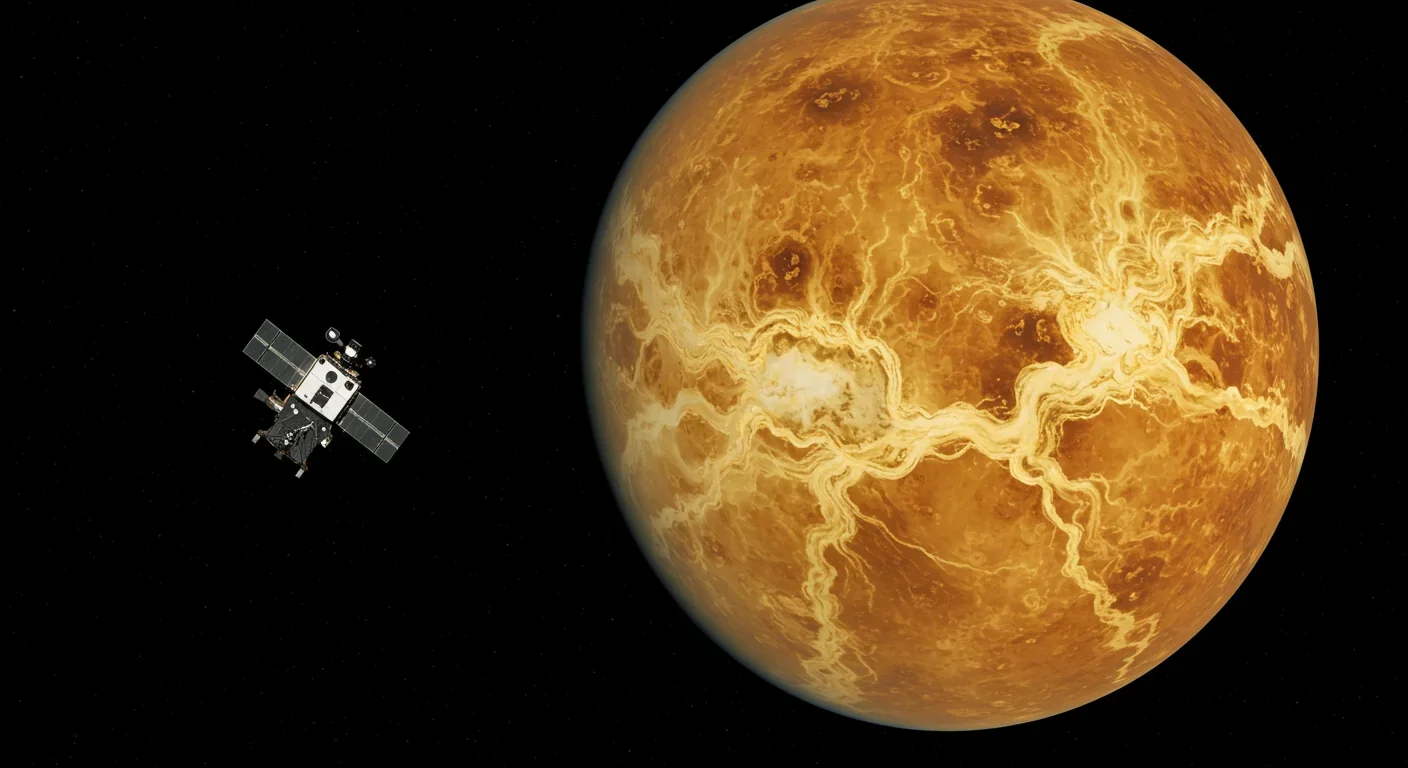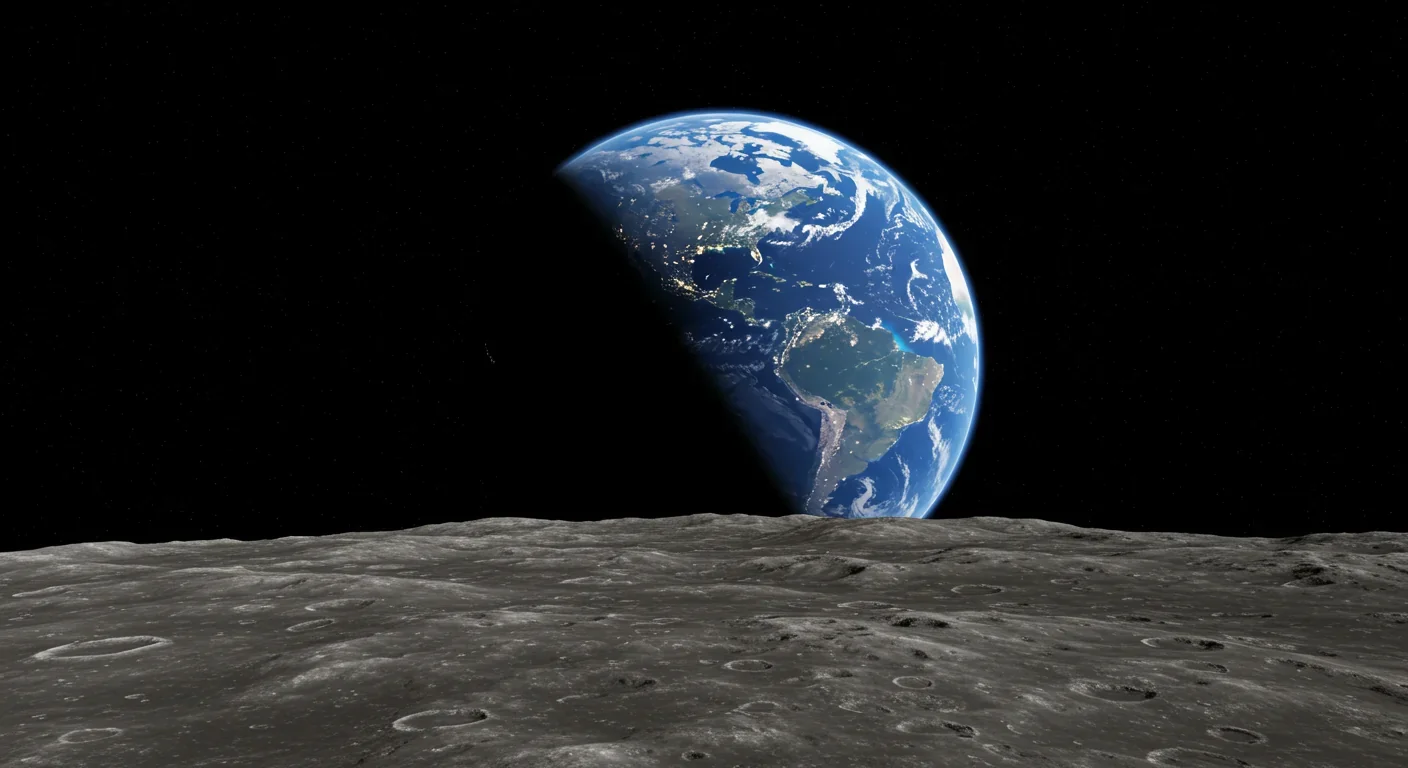Where Life Thrives in the Milky Way's Habitable Zone
Scientists have mapped the Milky Way's Galactic Habitable Zone—a ring 25,000 to 33,000 light-years from the galactic center where conditions favor life. The zone balances metallicity for planet formation against supernova threats and stellar density, guiding where telescopes search for Earth-like worlds.
